In the fast-moving world of renewable energy, perovskite solar cells (PSCs) have emerged as a frontrunner, thanks to their low manufacturing costs and impressive light-harvesting abilities. However, challenges like long-term stability and peak efficiency have slowed their mainstream adoption.
Now, an exciting breakthrough has been made: a newly designed molecule is helping supercharge perovskite solar cells, boosting both their efficiency and durability like never before.
Let’s dive deep into how this innovation could shape the future of solar energy.
What Are Perovskite Solar Cells?
Perovskite solar cells are named after the perovskite-structured compound they use as a light absorber. These materials are typically a mix of organic and inorganic molecules bonded with lead or tin halide-based structures.
Since their discovery, PSCs have shown rapid improvements, climbing from 3% to over 25% in efficiency in just a decade. Their simple fabrication, flexibility, and cost-effectiveness make them an attractive alternative to traditional silicon solar panels.
However, PSCs face two major problems:
Efficiency losses due to defects and poor charge transport.
Instability when exposed to moisture, heat, and ultraviolet light.
This is where the new molecule enters the scene.
The New Molecule: A Game-Changer for Solar Energy
Researchers have engineered a novel molecular additive that integrates seamlessly into the perovskite crystal lattice.
This molecule plays a dual role:
Passivating Defects:
It repairs and covers the microscopic defects within the perovskite structure, reducing charge recombination losses and enhancing electrical performance.
Enhancing Stability:
It forms a protective layer that shields the sensitive perovskite material from degrading factors like moisture and heat.
How It Works
The new molecule binds strongly to both the surface and grain boundaries of perovskite crystals. This tight bond prevents environmental agents like water and oxygen from penetrating the structure.
Additionally, it promotes better energy transfer, helping the solar cells extract more power from sunlight.
In lab tests, solar cells treated with this molecule achieved:
Over 27% power conversion efficiency — setting new records for PSCs.
Extended operational lifespans — retaining over 90% of their performance after 2,000 hours under continuous illumination.
Key Benefits of the New Molecule for Perovskite Solar Cells
1. Higher Efficiency
The molecule eliminates electron-trapping defects that previously sapped energy. By allowing smoother charge flow, it enables maximum energy conversion from sunlight to electricity.
2. Greater Stability
Traditionally, PSCs would degrade in days or weeks under real-world conditions. With the molecular coating, cells can withstand humidity, heat, and UV radiation, significantly extending their useful life.
3. Cost-Effective Enhancement
The new molecule can be integrated into existing fabrication processes without expensive changes. This keeps the overall cost of manufacturing high-efficiency perovskite solar cells low.
4. Scalability for Commercialization
One of the hurdles for perovskite commercialization has been achieving consistent, large-scale production. The molecule’s ability to stabilize perovskite films across large areas makes mass production more feasible.
Potential Applications
With boosted efficiency and durability, perovskite solar cells enhanced by this molecule could find applications in:
Residential Solar Panels: Affordable, efficient rooftop panels with longer lifespans.
Flexible Solar Technology: Wearable devices, curved surfaces, and mobile applications.
Space Applications: Lightweight, highly efficient solar cells for satellites and spacecraft.
Tandem Solar Cells: Combining perovskite with silicon cells for record-breaking energy yields.
The Future of Solar Energy with Molecular Engineering
This breakthrough highlights the power of molecular engineering in revolutionizing energy technologies. By fine-tuning materials at the atomic level, scientists are solving problems that have long hindered clean energy growth.
Perovskite solar cells, once seen as unstable lab curiosities, are now legitimate competitors to traditional photovoltaics. With innovations like this new molecule, they could soon dominate the solar market, offering cheaper, more efficient, and more sustainable energy solutions worldwide.
In the near future, homes, businesses, and even cities might be powered by next-generation perovskite panels that owe their reliability and efficiency to smart molecular design.
Conclusion
The discovery of a new molecule that supercharges perovskite solar cells represents a pivotal moment in the renewable energy revolution. By tackling both efficiency and stability, this innovation brings perovskite technology closer to widespread adoption, reshaping the global energy landscape.
As researchers continue to push the boundaries of material science, one thing is clear: the future of solar energy has never looked brighter.

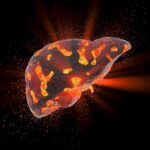






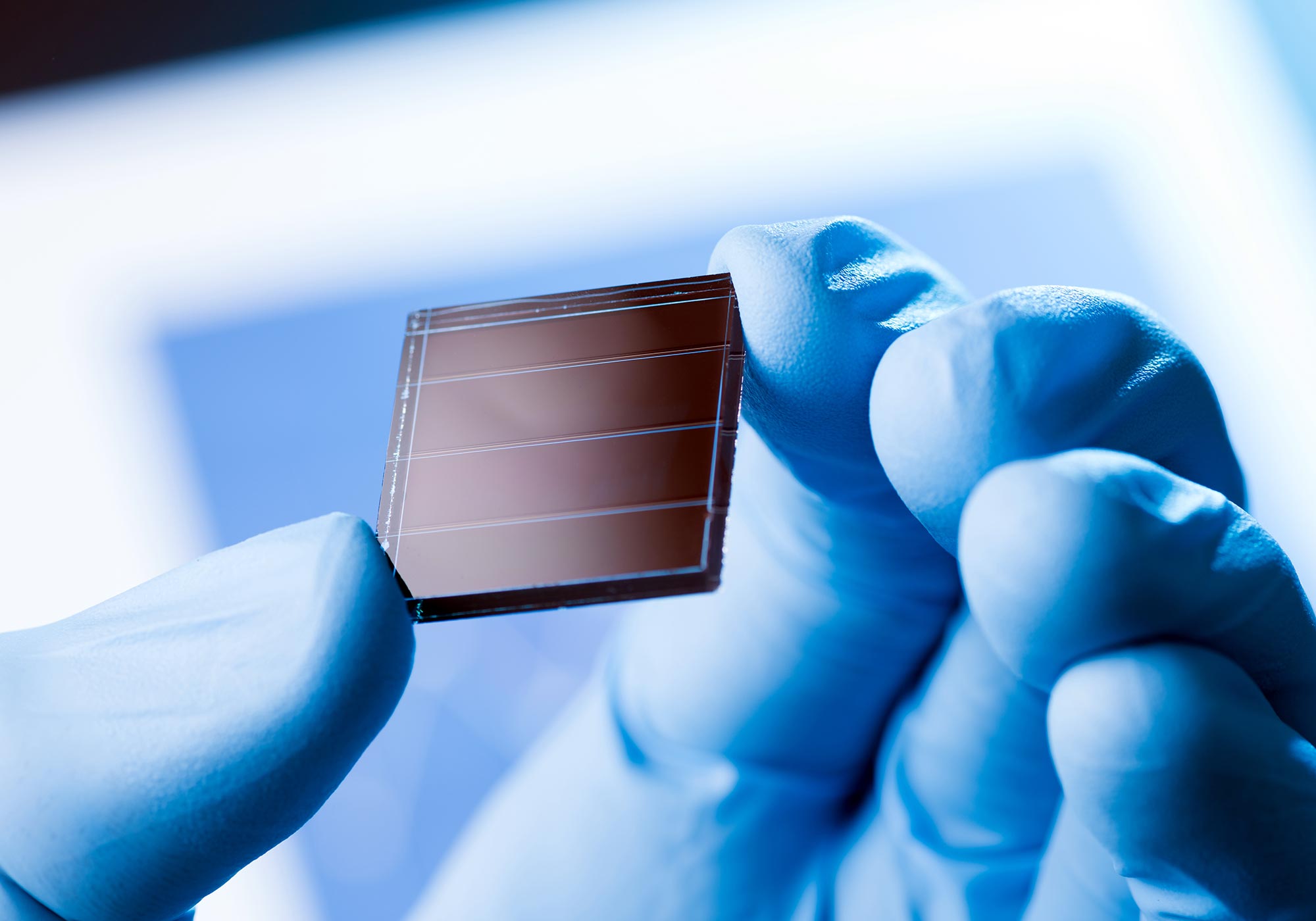
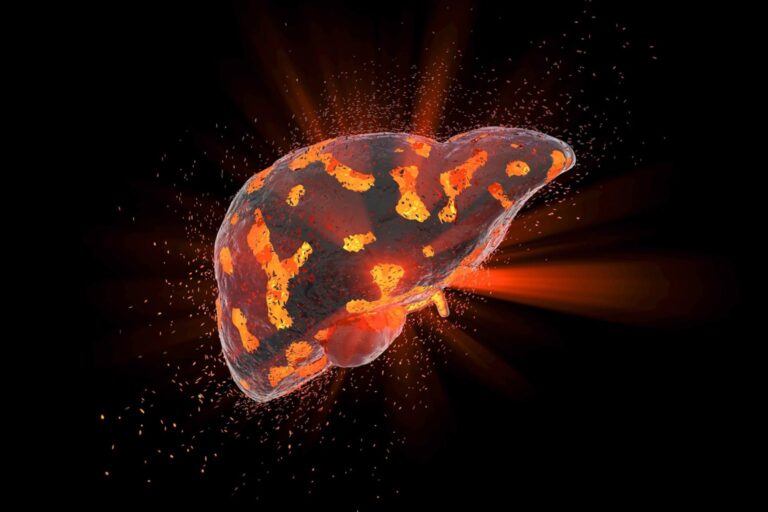

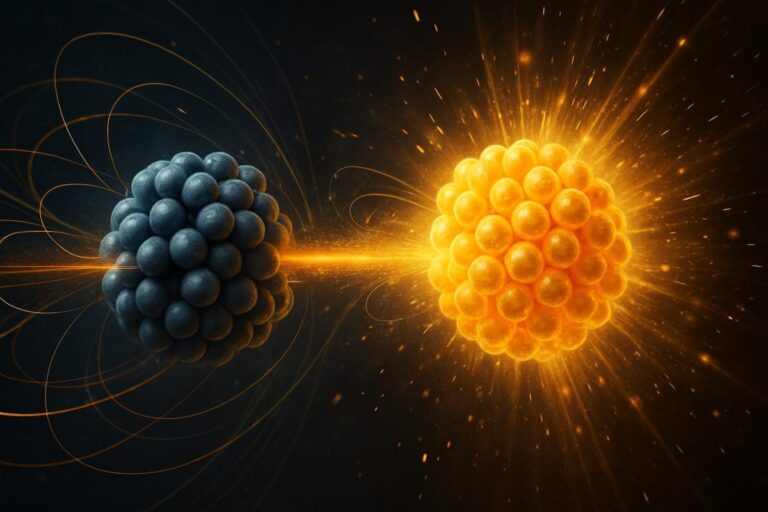
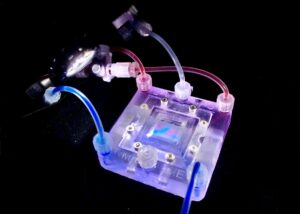



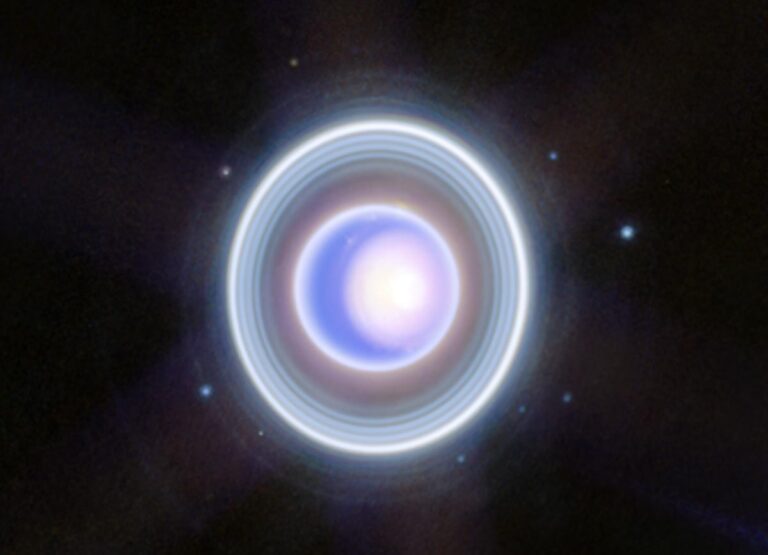
+ There are no comments
Add yours